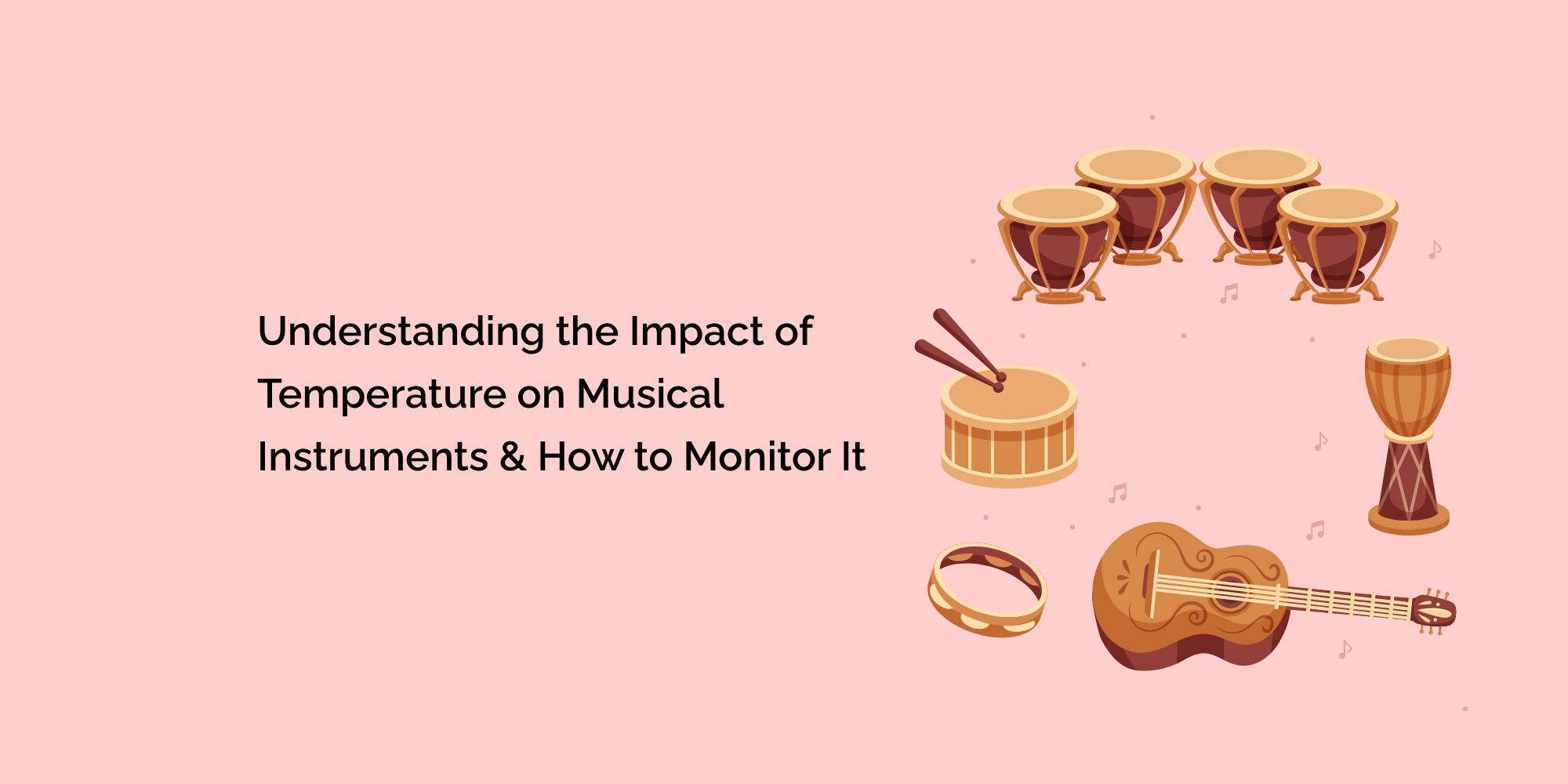The Relationship Between Temperature and Musical Instruments
The temperature has a significant impact on musical instruments. Understanding the materials and construction of tools helps us comprehend how temperature affects their structure and performance. Additionally, different instrument categories, such as acoustic and electronic, respond differently to temperature variations.
The Risks of Temperature Fluctuations on Instruments
Temperature fluctuations pose risks to musical instruments. Structural damage, such as warping, cracks, or joint failures, can occur due to the expansion and contraction of instrument materials. Tonal changes and performance issues are also expected consequences of temperature instability.
Optimal Temperature Ranges for Instrument Storage and Use
Maintaining the proper temperature range is crucial for instrument storage and use. General guidelines suggest a stable temperature between 18°C and 24°C (64°F to 75°F). However, specific instrument categories may have unique temperature requirements, and it is essential to consider these recommendations for optimal conditions.
The Importance of Temperature Monitoring
Temperature monitoring is vital for protecting musical instruments. By monitoring temperature levels, musicians and caretakers can identify potential risks, take preventive measures, and maintain stable conditions. This ensures the instrument's value, longevity, and performance preservation.
Types of Temperature Monitoring Devices
Various temperature monitoring devices are available to cater to different needs. Traditional thermometers and hygrometers provide essential temperature and humidity readings. Digital temperature sensors and data loggers offer more accurate measurements and data logging capabilities. Wireless monitoring systems enable remote tracking and real-time monitoring.
Placement of Temperature Sensors for Accurate Readings
Proper placement of temperature sensors is essential for accurate readings. Strategic sensor placement in storage areas, cases, or performance spaces ensures monitoring of temperature fluctuations in critical areas. Detectors should be positioned away from direct sunlight, heat sources, or drafts that could affect the accuracy of the readings.
Real-Time Monitoring and Alerts
Real-time temperature monitoring provides continuous tracking and immediate alerts when temperature deviations exceed the desired range. This enables prompt action to rectify the situation and prevent potential damage to instruments. Setting threshold limits and receiving alerts enhances temperature control and instrument care.
Integrating Temperature Monitoring with Instrument Storage Spaces
Integrating temperature monitoring with instrument storage spaces enhances temperature control. Climate control systems, such as HVAC or dehumidifiers, ensure stable conditions. Linking temperature monitoring with these systems allows for precise control and adjustments.
Calibrating and Maintaining Temperature Monitoring Devices
Regular calibration is necessary to ensure the accuracy of temperature monitoring devices. Calibration methods can include using known reference temperatures or professional calibration services. Proper device maintenance, such as battery replacement and firmware updates, ensures reliable performance.
Educating Musicians on Temperature Monitoring
Educating musicians about the impact of temperature on instruments is crucial. By understanding the risks and benefits of temperature control, musicians can actively participate in instrument care. Providing resources, workshops, and educational materials on temperature monitoring enhances musicians' knowledge and awareness.
Collaborating with Temperature Experts and Professionals
Collaborating with instrument technicians, temperature experts, and professionals in temperature control provides valuable insights and guidance. Seeking advice on instrument spaces, temperature monitoring technologies, and best practices helps musicians make informed decisions regarding instrument care.
Certainly! Here are some frequently asked questions (FAQs) about temperature monitoring for musical instruments:
How can musicians benefit from temperature monitoring?
Musicians benefit from temperature monitoring by ensuring their instruments are kept in optimal conditions. By monitoring temperature levels, musicians can prevent potential damage, maintain instrument performance, and prolong the lifespan of their valuable tools.
What should be done in case of temperature fluctuations or emergencies?
In case of temperature fluctuations or emergencies, it is essential to take immediate action to minimize the impact on the instruments. This may include adjusting temperature control systems, relocating tools to more stable areas, or seeking professional advice to mitigate potential damage.
Conclusion
Understanding the impact of temperature on musical instruments and implementing effective temperature monitoring practices is essential for musicians and instrument caretakers. By maintaining optimal temperature conditions, monitoring temperature fluctuations, and taking proactive measures, musicians can protect their investments and ensure their musical instruments' longevity and optimal performance. Temperature control contributes to preserving instrument value, tonal quality, and structural integrity. By educating musicians, collaborating with temperature experts, and embracing temperature monitoring as an integral part of instrument care, musicians can take control of their instrument's well-being and continue creating beautiful music for years.








